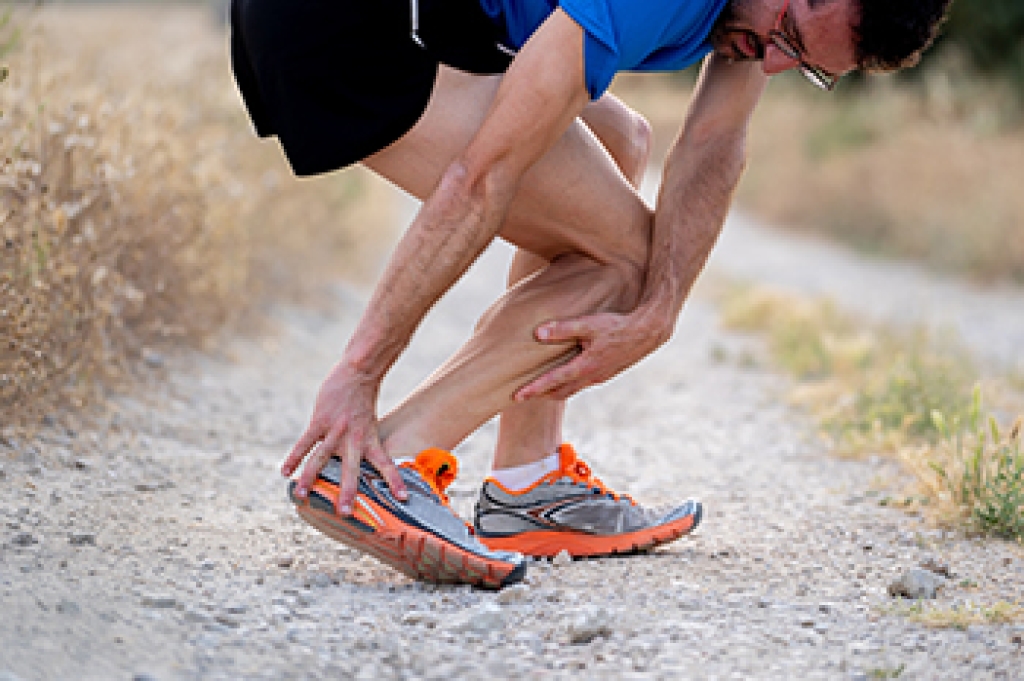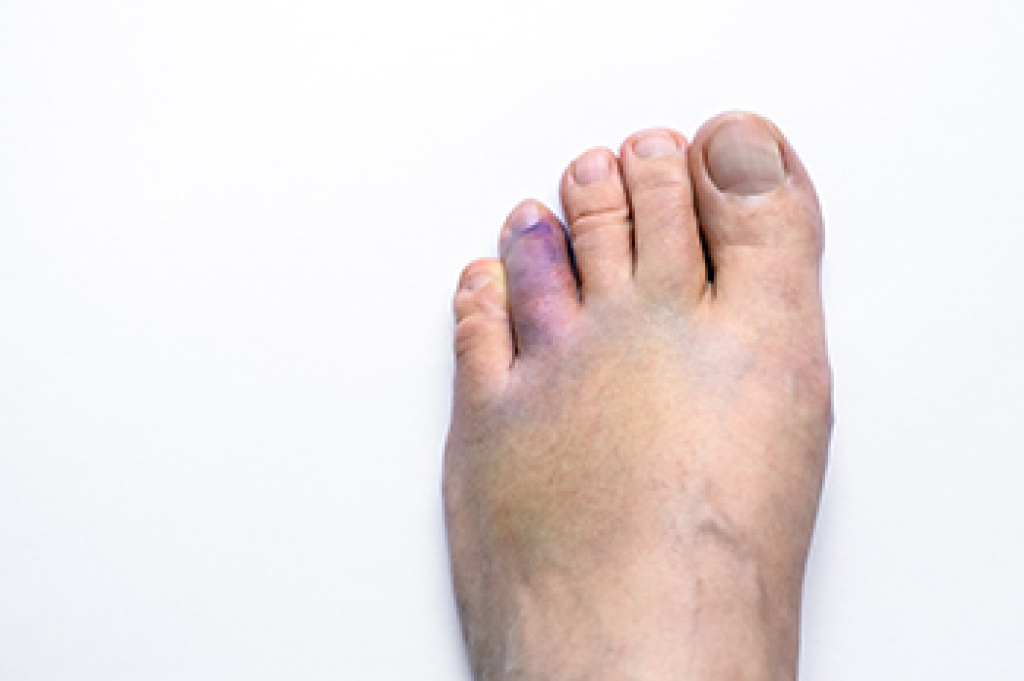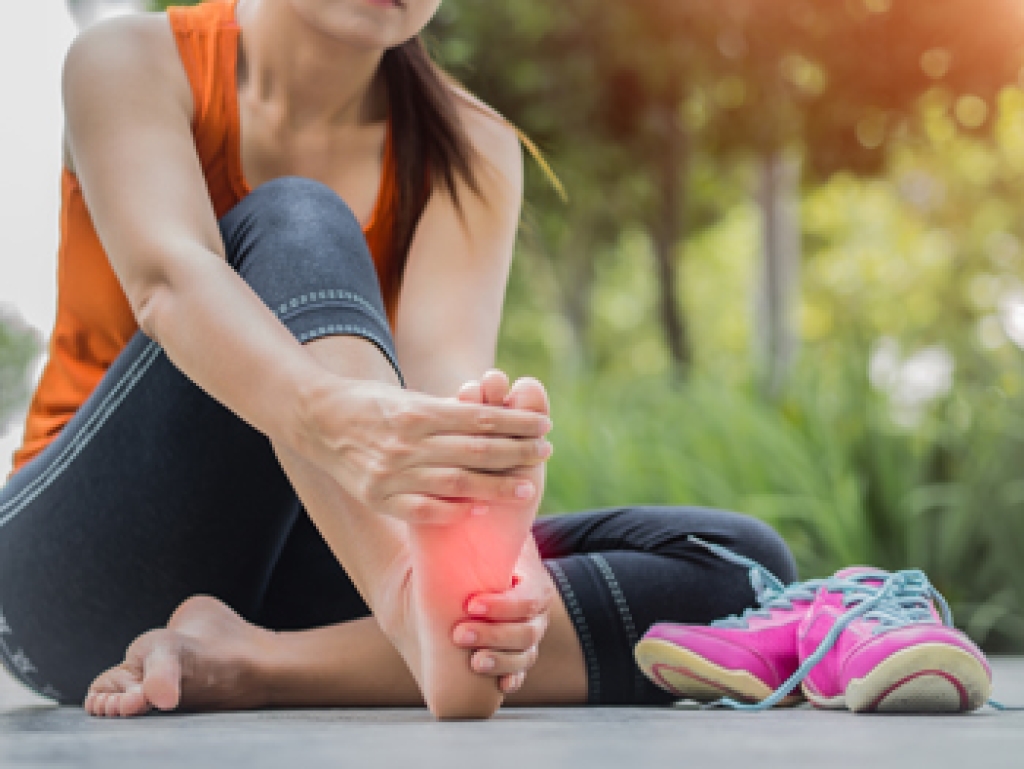
Embarking on a running journey often leads to foot discomfort, ranging from blisters due to friction or wet conditions to more serious injuries caused by repetitive impact. One cause of foot pain in runners is stress fractures, often the result of overuse or sudden mileage increase. Plantar fasciitis, another common cause, is characterized by heel pain resulting from increased mileage or improper shoe choices. Achilles tendonitis, another overuse injury, requires timely diagnosis and treatment by a podiatrist to prevent complications and chronic pain. Metatarsalgia, causing ball of foot pain, and Morton’s neuroma, marked by nerve enlargement between third and fourth toes, commonly cause pain in the metatarsal and toe area of the foot. Pain along the top of the foot may be linked to tightly laced shoes or other causes. Tibialis posterior tendonitis, causes throbbing or burning pain along the arch. Bunions, a deformity of the big toe, and hallux rigidus, or stiffness in the big toe, necessitate treatment from a podiatrist. It is always a good idea to address foot pain rather than to ignore it and keep running. If you are a runner experiencing foot pain, it is suggested that you schedule an appointment with a podiatrist for a thorough foot exam that will form the basis of an appropriate treatment plan.
Sports related foot and ankle injuries require proper treatment before players can go back to their regular routines. For more information, contact Scott Samera, DPM of Samera / Foot + Ankle. Our doctor can provide the care you need to keep you pain-free and on your feet.
Sports Related Foot and Ankle Injuries
Foot and ankle injuries are a common occurrence when it comes to athletes of any sport. While many athletes dismiss the initial aches and pains, the truth is that ignoring potential foot and ankle injuries can lead to serious problems. As athletes continue to place pressure and strain the area further, a mild injury can turn into something as serious as a rupture and may lead to a permanent disability. There are many factors that contribute to sports related foot and ankle injuries, which include failure to warm up properly, not providing support or wearing bad footwear. Common injuries and conditions athletes face, including:
- Plantar Fasciitis
- Achilles Tendinitis
- Achilles Tendon Rupture
- Ankle Sprains
Sports related injuries are commonly treated using the RICE method. This includes rest, applying ice to the injured area, compression and elevating the ankle. More serious sprains and injuries may require surgery, which could include arthroscopic and reconstructive surgery. Rehabilitation and therapy may also be required in order to get any recovering athlete to become fully functional again. Any unusual aches and pains an athlete sustains must be evaluated by a licensed, reputable medical professional.
If you have any questions please contact our office located in Lake City and Branford, FL . We offer the newest diagnostic and treatment technologies for all your foot and ankle needs.








